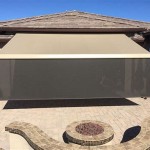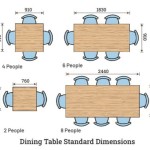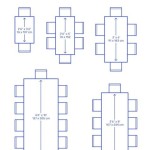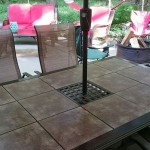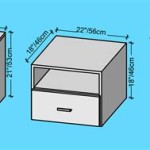Step 2: Rain Showers And Flow Water Table
Rain showers are a common occurrence in many parts of the world, and they can have a significant impact on the water table. When it rains, water infiltrates the ground and can either be stored in the soil or percolate down to the water table. The amount of water that infiltrates the ground depends on several factors, including the intensity of the rainfall, the type of soil, and the amount of vegetation present. In areas with sandy soils, water infiltrates quickly and can easily reach the water table. In areas with clay soils, water infiltration is slower and more likely to run off the surface. Vegetation can also help to slow down water infiltration, as it can act as a barrier to rainfall.
The water table is the level below which the ground is saturated with water. The depth of the water table can vary depending on several factors, including the amount of rainfall, the type of soil, and the topography of the area. In areas with a high water table, water can seep into basements and other low-lying areas. In areas with a low water table, water may need to be pumped from wells in order to be used for drinking, irrigation, or other purposes.
Rain showers can cause the water table to rise or fall. When it rains heavily, water can infiltrate the ground and raise the water table. This can lead to flooding in low-lying areas. Conversely, when there is a drought, the water table can fall. This can make it difficult to get water from wells and can lead to water shortages.
The water table is an important part of the water cycle, and it plays a vital role in the availability of water for drinking, irrigation, and other purposes. Rain showers can have a significant impact on the water table, and it is important to understand how they can affect water availability in an area.
Here are some additional factors that can affect the water table:
- Evaporation: Evaporation is the process by which water turns into vapor. Evaporation can occur from the surface of the water table, as well as from the soil and vegetation. Evaporation can lower the water table.
- Transpiration: Transpiration is the process by which plants release water vapor into the atmosphere. Transpiration can occur through the leaves of plants. Transpiration can lower the water table.
- Groundwater pumping: Groundwater pumping is the process of extracting water from the water table. Groundwater pumping can lower the water table.
- Climate change: Climate change is causing the global average temperature to rise. Rising temperatures can lead to increased evaporation and transpiration, which can lower the water table.
The water table is a complex system that is influenced by a variety of factors. It is important to understand how these factors can affect the water table in order to manage water resources effectively.

Rain Showers Flow Water Table From Step2

Rain Showers Flow Water Table From Step2

Rain Showers Flow Water Table From Step2

Rain Showers Flow Water Table From Step2

Step2 Rain Showers And Flow Water Table

Rain Showers Flow Water Table From Step2

Step2 Signature Rain Showers Splash Tub

Step2 Rain Showers Flow Water Table Assembly Youtube

Step2 Rain Showers And Flow Water Table Youtube

Rain Showers Flow Water Table From Step2

